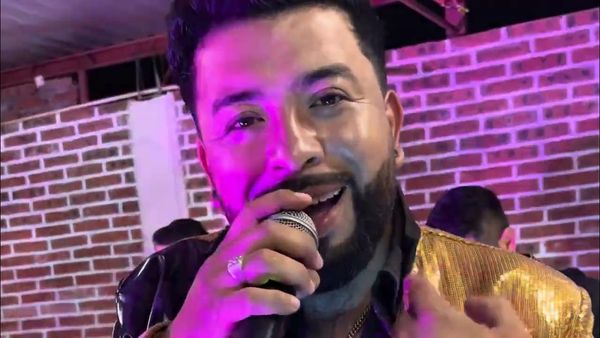
A sacred Japanese island where women are banned and men must strip naked has achieved Unesco world heritage status.
Okinoshima is home to the 17th century shrine of Okitsu, which was once used to pray for maritime safety.
The 700-square metre land mass, located in southwest Japan will join the country’s 20 other cultural and natural sites that have already been recognised by the United Nations cultural agency.
Okinoshima along with three nearby reefs and four other related sites were also given world heritage status at the UN body's annual summit in Krakow, Poland.
The tiny, remote island is a treasure trove of 80,000 offerings to Shinto sea gods, from beads to swords. It also facilitated exchanges between Korea and China from the fourth to ninth centuries.
Today, only male priests from Munakata Taisha, a group of Shinto shrines, are permitted to travel to worship at the island’s shrine.
In addition, up to 200 men are allowed to visit once a year, on 27 May. Then they honour sailors who died in a nearby naval battle during the 1904-05 Russo-Japanese war.
Fo ll owing s trict rules, they strip nak ed an d perform a clean sing ritual before they set foot on the lan d. W h en they le ave , they are not permitted to take anything with them and must never speak of th e trip.
Women are banned from visiting because of Shinto traditions, although the original reason for the ban is unclear.
Some believe it is because of the Shinto belief that menstrual blood is unpure.
Others say that women were banned from travelling because the journey by sea was considered dangerous and men wanted to protect child-bearers.







